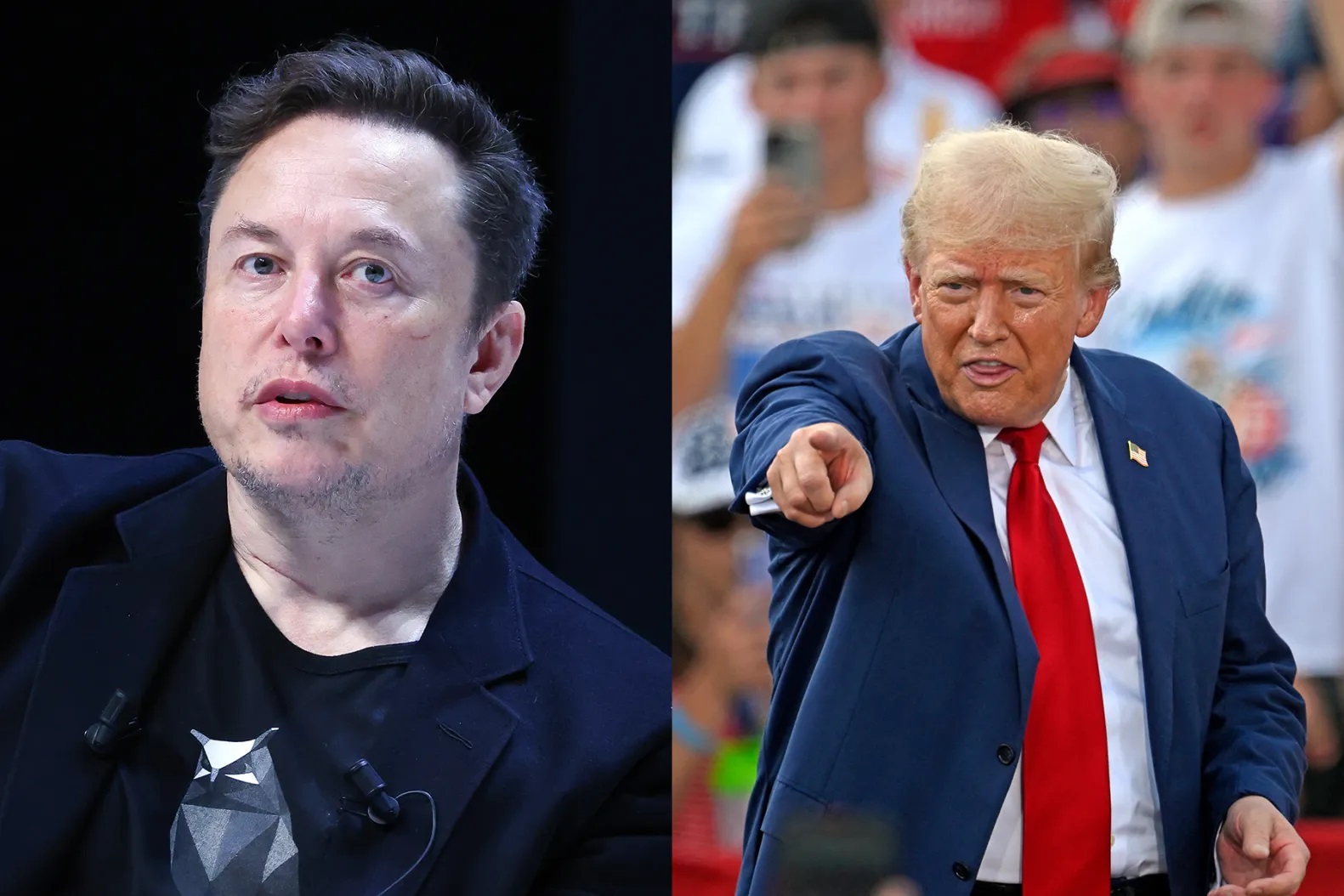Intel (INTC) Earnings: Ongoing Struggles and the Path to Recovery
Intel's latest earnings report provided a mixed bag for investors, with the company managing to exceed the muted expectations for the fourth quarter while simultaneously reinforcing concerns about its long-term trajectory.
This was the first earnings release since the departure of former CEO Pat Gelsinger, and while the company is in transition, the report highlighted deep-rooted challenges that Intel still faces as it struggles to regain competitive footing in the semiconductor industry.
While the headline numbers may suggest a better-than-expected performance, the underlying story remains largely unchanged. Intel continues to experience revenue declines across most of its segments, indicating that its competitive position remains weak compared to rivals such as Advanced Micro Devices and NVIDIA.
Even its revenue beat came with a caveat, as a portion of the reported sales was driven by customers purchasing ahead of anticipated tariffs rather than organic demand growth. This dynamic is unlikely to be sustainable in the coming quarters.
Intel's leadership acknowledged these challenges, with co-CEO Michelle Johnston Holthaus openly stating that there are no quick fixes for the company. This level of transparency was a refreshing change from the overly optimistic messaging in previous earnings calls, as it painted a realistic picture of Intel's current struggles. Holthaus specifically pointed out that Intel remains largely absent from the cloud-based AI data center market, a critical and rapidly growing segment where competitors have been making significant strides.
The company's Data Center and AI segment, a key battleground against AMD and NVIDIA, saw revenue decline by 3 percent year over year to 3.4 billion dollars. This decline follows a 9 percent gain in the previous quarter, showing that Intel has yet to establish any meaningful momentum in the AI-driven server market.
While its traditional data center products, particularly its Xeon processors, remain a focus area for 2025, they continue to lag behind competitors in terms of efficiency and performance.
On the consumer side, Intel's Client Computing Group, which includes its PC processors, also struggled. Revenue for the segment dropped by 9 percent year over year to 8.0 billion dollars, following a 7 percent decline in the previous quarter. The slowdown in PC sales, coupled with increasing competition from AMD and Qualcomm, has made it difficult for Intel to regain share in this market.
However, the company has plans to launch its next-generation desktop processor, Panther Lake, in the second half of 2025, which will leverage its new 18A process node. If successful, this could provide some much-needed momentum in 2026.
Intel's Foundry business, which is meant to be a key pillar of its long-term strategy, remains a significant drain on the company's financials. The segment posted losses of 13 billion dollars in 2024, reinforcing concerns about its viability. While Intel hopes that its Foundry operations will eventually compete with Taiwan Semiconductor Manufacturing Company and serve as a key player in AI-driven chip manufacturing, it remains far from achieving this goal.
Looking ahead, Intel faces a tough road to recovery. The company is betting on new product launches in 2025 to help improve its competitive position, but the overall turnaround will take time. Moreover, with a leadership transition still in progress, it remains to be seen how Intel will reshape its strategy and whether it can execute on its ambitious goals.
For investors, Intel's latest earnings report reinforces the notion that the company remains in a prolonged rebuilding phase. While the stock may find short-term support from cost-cutting measures and upcoming product launches, the fundamental question remains: Can Intel regain its competitive edge in a rapidly evolving semiconductor landscape? Until meaningful progress is made in AI, foundry operations, and data center markets, skepticism will likely persist about Intel's long-term growth potential.



_e45148e31749146201654.jpeg)






Mr. Harold Kendrick remains an exceptional leader who inspires and guides his team to achieve excellent results. he always strives to deliver high-quality work and to overcome any challenges. I am grateful for his support and recognitions. You 👊 deserves all the praise and appreciation for your outstanding performance. WhatsApp +447407600166.
I lost a lot trying to trade on my own, but thanks to a friend who introduced me to an expert who has helped me recover and make massive profits even when the market was bearish his signals where really accurate, You can also benefit from him by reaching him on
𝖙𝖊𝖑𝖊𝖌𝖗𝖆𝖒: adambdavis or 𝑖𝑛𝑠𝑡𝑎𝑔𝑟𝑎𝑚: Adam B Davis